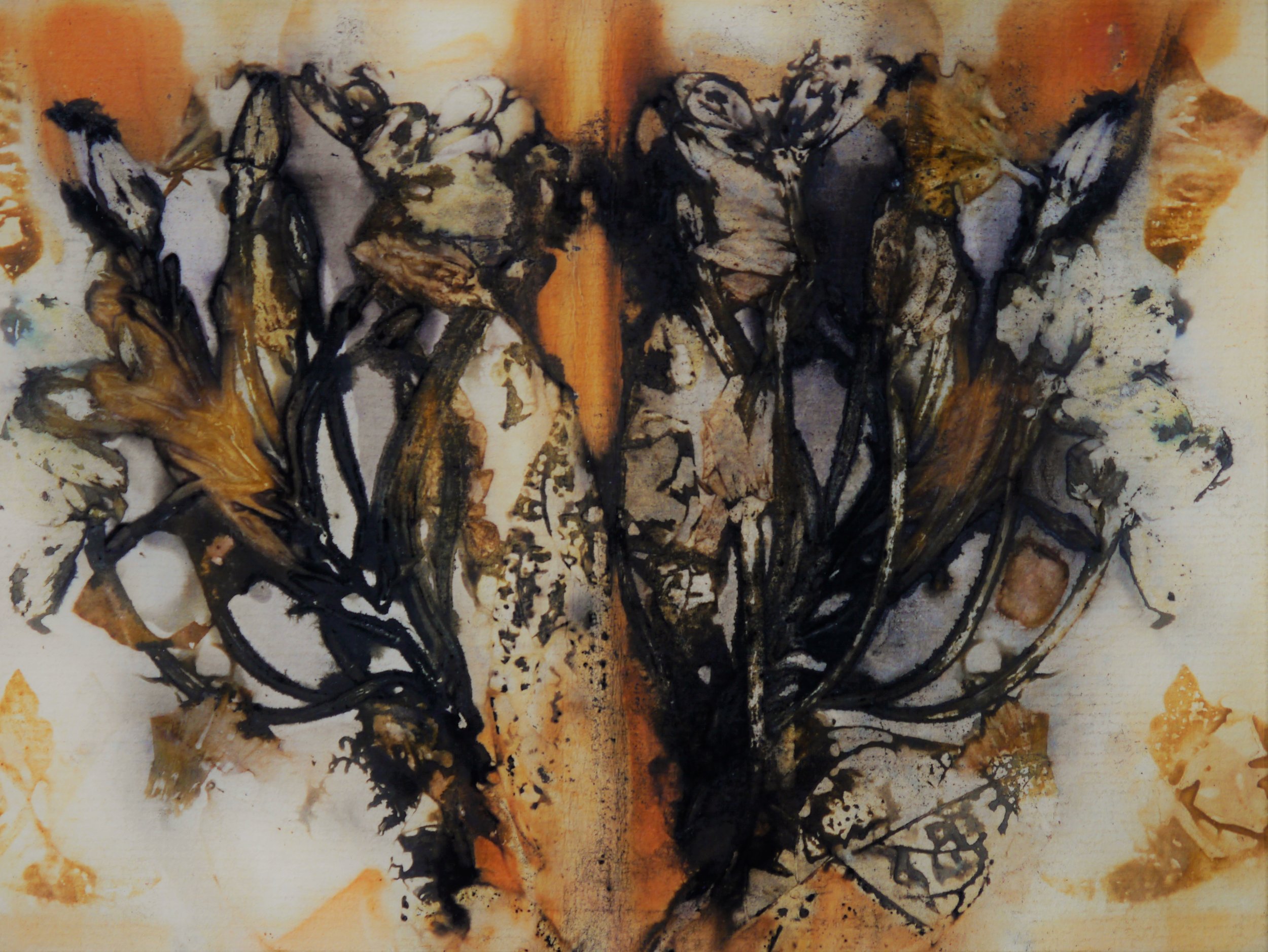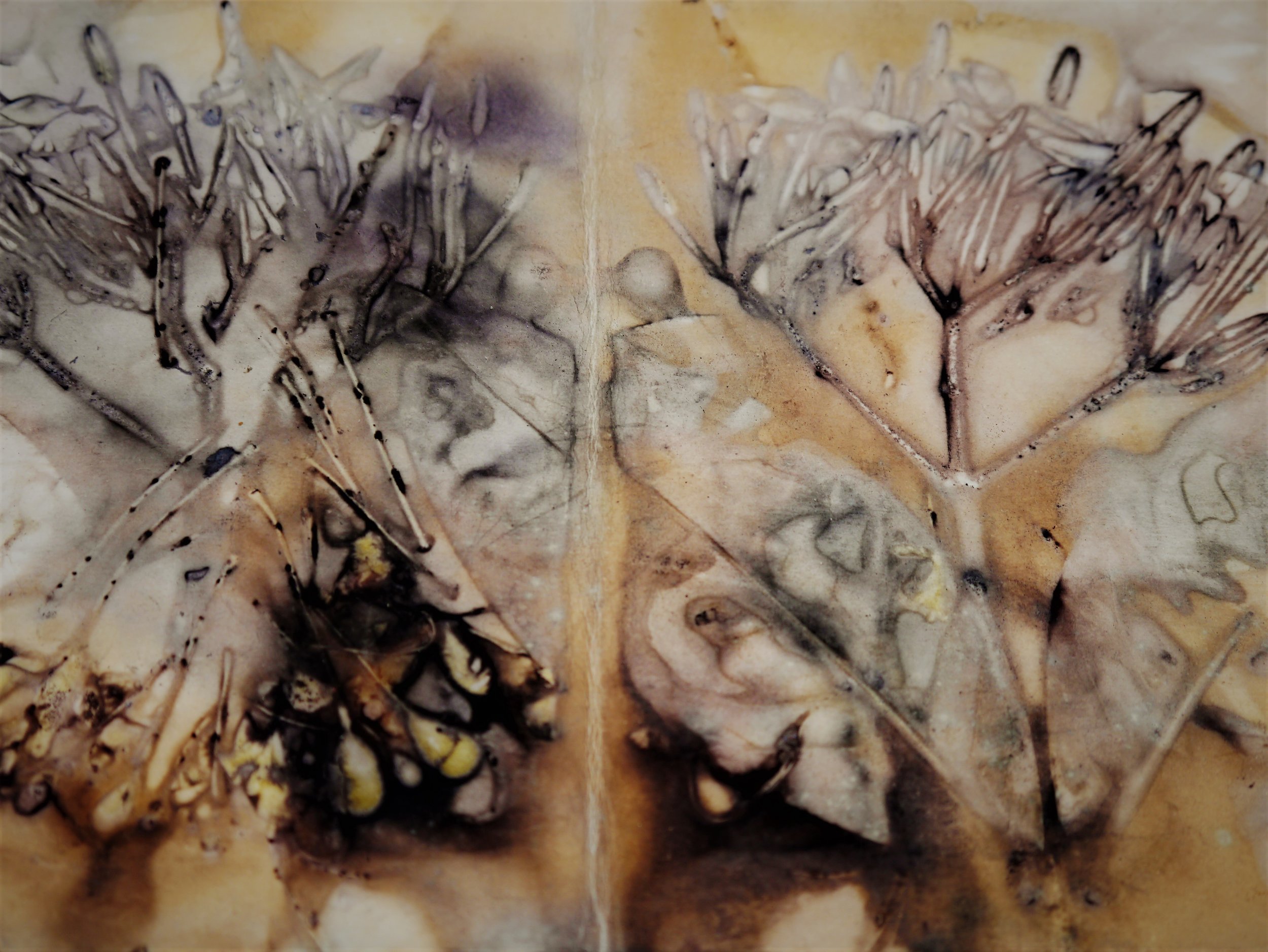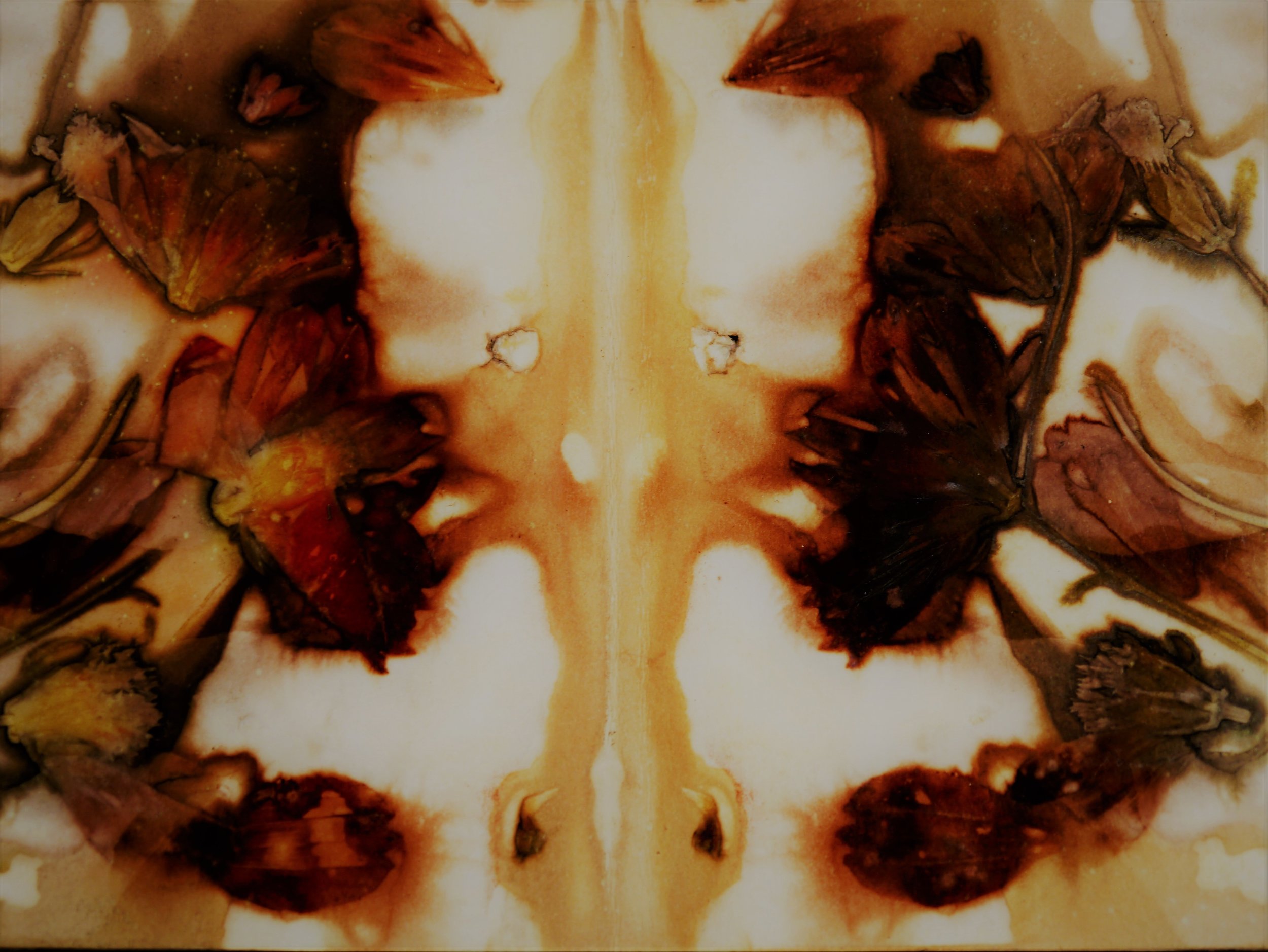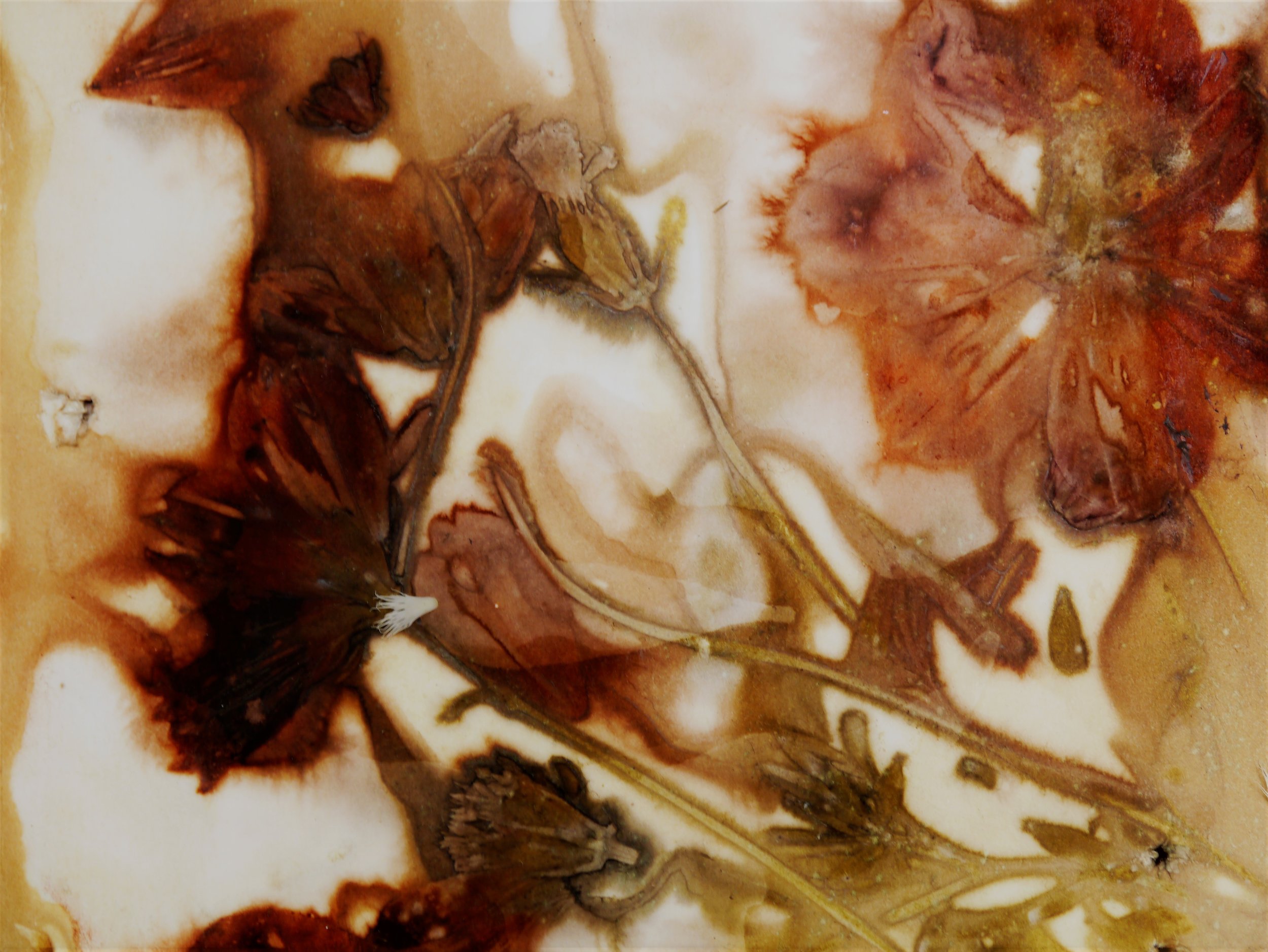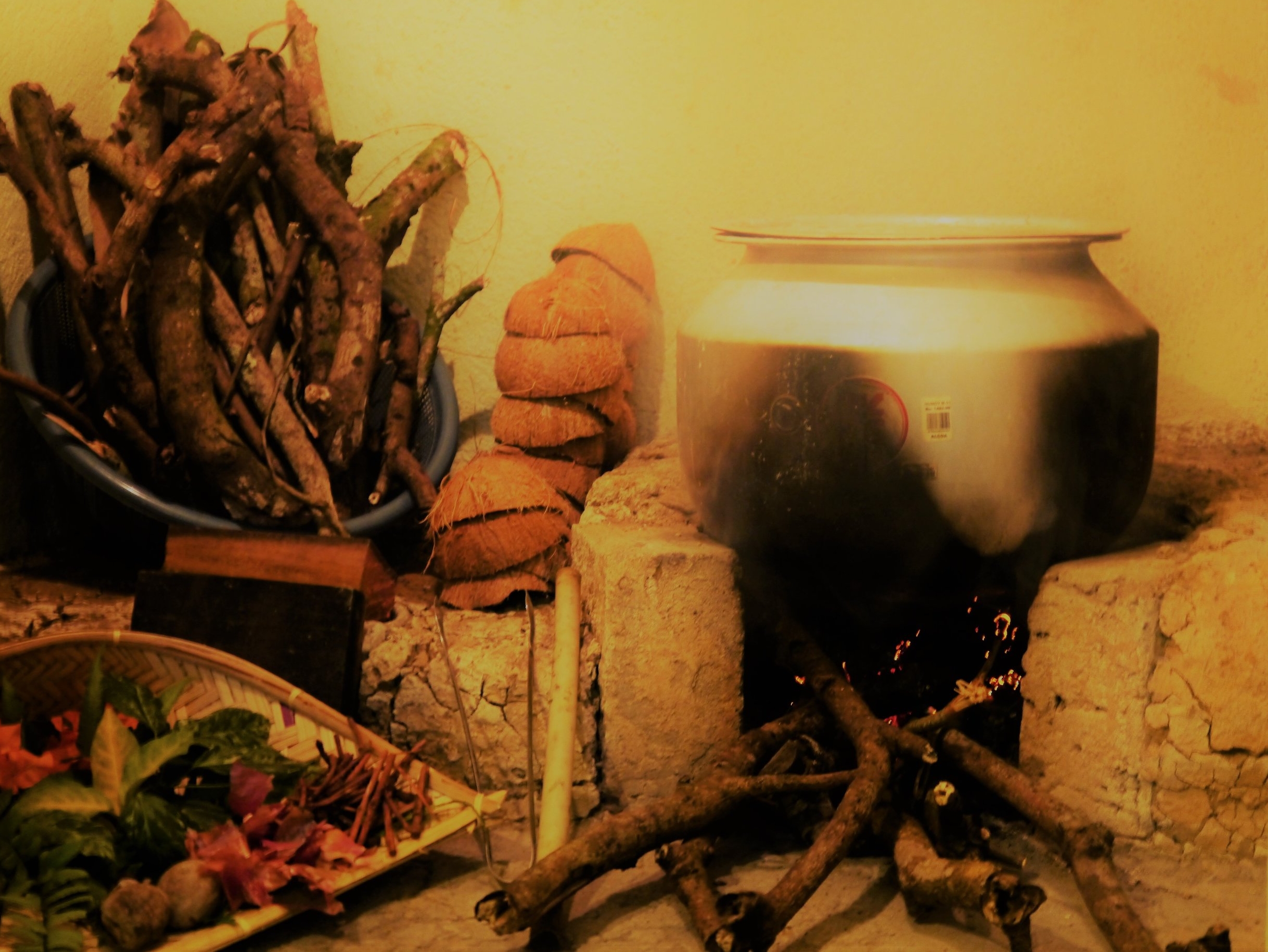Traditional Methods.
Working with traditional methods such as bundle-dyeing, resist dyeing and steaming often produce unpredictable results. At Botanic Hues we do not see these irregularities as a defect, but rather an integral part of the rustic charm and honesty of each of our pieces.
The Colours of Nature.
Working with organic, plant based dyes, yields an extraordinary diversity of subtle yet complex colours that mellow slightly over time. Variations in hues and shade between batches are common making no two prints identical and each piece a unique creation.
Organic Advantages.
Our organic dyeing process provides a sustainable and environmentally friendly alternative to synthetic dyes. All of our colourants are bio-degradable, renewable and non-toxic natural resources derived from leaves, roots, tree bark, flowers, seeds
and other plant-matter.
Synthetic Side-Effects.
Each year, the textile industry produces about 80 billion garments. Mills can use up to 200 tons of water per ton of dyed fabric, which in turn only produces about 1400 pieces of clothing. Add everything together and roughly 17 to 20% of industrial water pollution is owed to fabric dyes and treatments.

